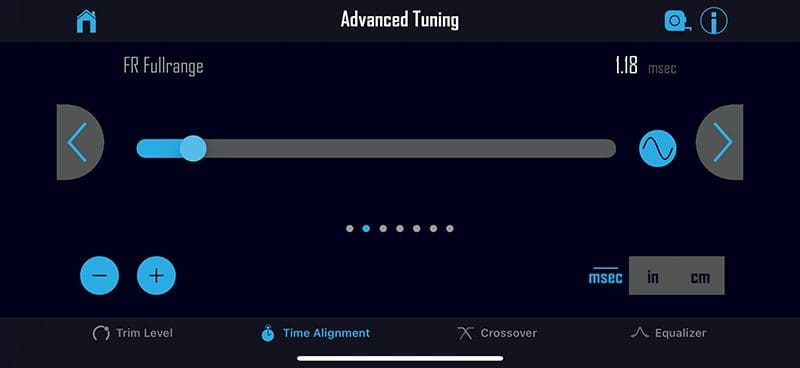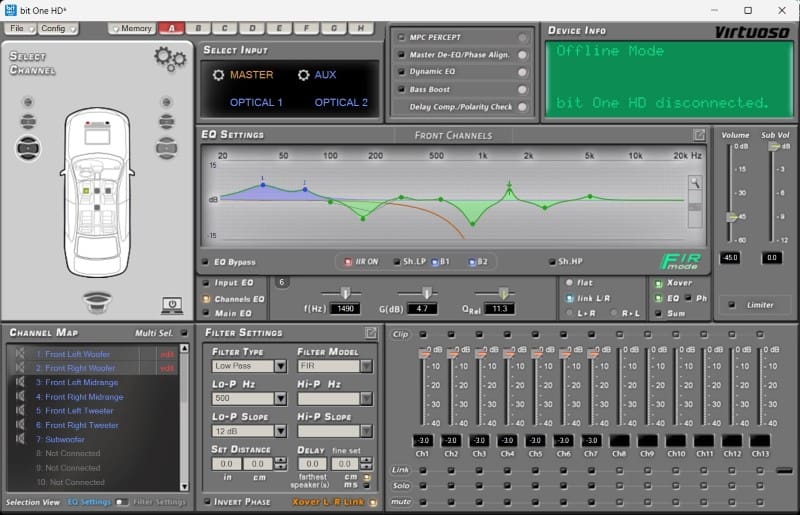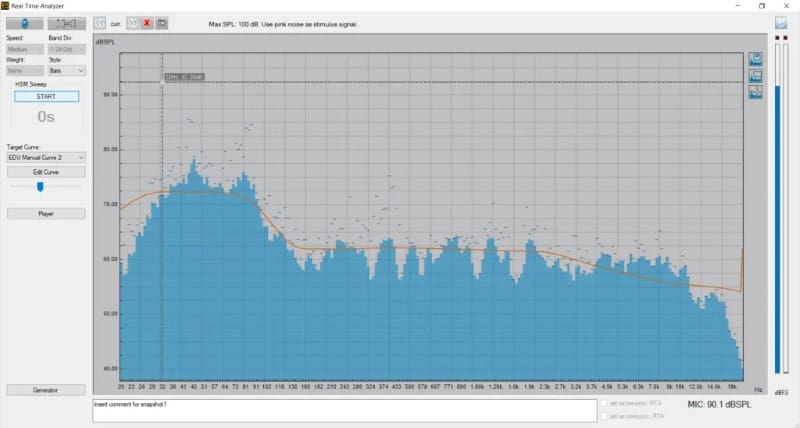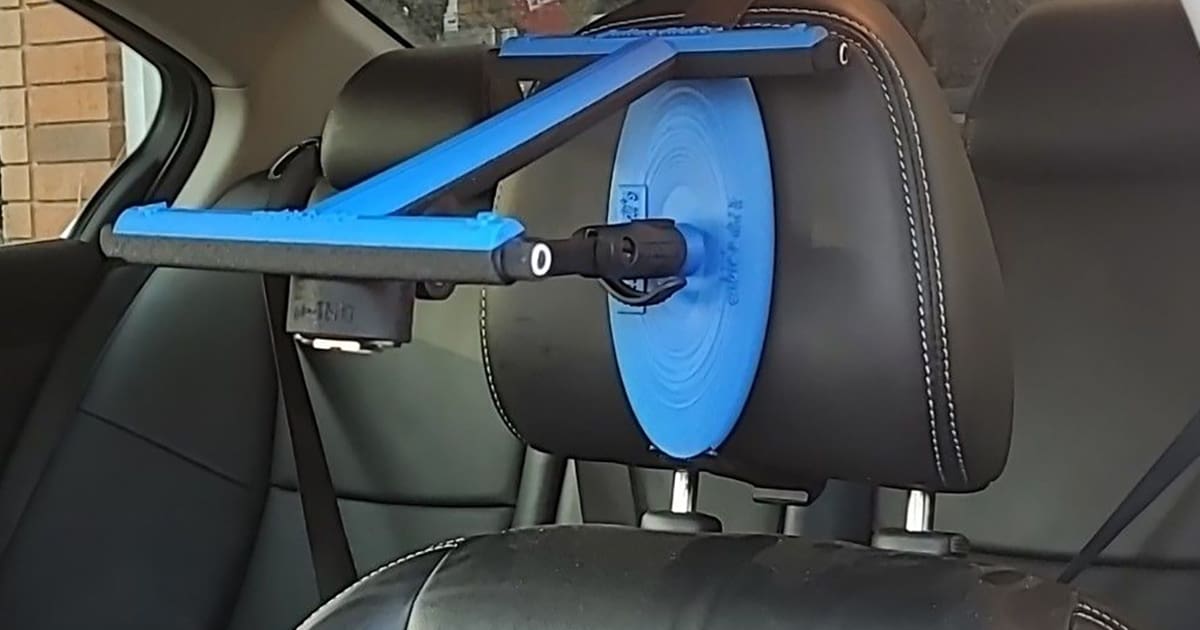Upgrading your car’s audio system is an exciting way to enhance your driving experience. However, achieving the best possible sound quality requires more than just installing high-quality speakers, amplifiers and subwoofers. The magic happens when your system is calibrated correctly using a digital signal processor to adjust signal delays and equalization. These elements work together to create a well-balanced and immersive listening experience.
Understanding DSP Tuning
Digital signal processors (DSPs) are the heart of modern car audio calibration. These devices allow for precise adjustments to various aspects of sound reproduction, enabling installers to fine-tune audio performance to match the vehicle’s acoustics.
Without fine-tuning via a DSP, some aftermarket upgrades can worsen the listening experience by introducing frequency and phase response issues. DSPs provide advanced control over signal routing, crossover settings, path length delays and equalization, allowing professionals to optimize the sound for each individual speaker and listening position.
The Role of Signal Delays
Signal delays, which are often referred to as time alignment, are a critical component of car audio calibration that ensures sound from each speaker reaches the listener at the correct moment. Since vehicle speakers are positioned at varying distances from the driver and passengers, uncorrected sound waves can arrive at different times, causing phase issues and an unfocused soundstage.
Using the time settings in a digital signal processor, the system delays the output from the speakers closest to the listening position so that all audio signals arrive simultaneously at the listener’s ears. This creates a more natural and immersive sound experience, allowing instruments and vocals to be perceived as coming from a defined, centralized location rather than scattered throughout the cabin or clumped to one side of the dash.

Equalization: Fine-Tuning the Frequency Response
Every vehicle interior presents unique challenges for sound reproduction. Hard surfaces like glass and plastic reflect sound waves, while soft materials like seats and carpeting may absorb them. These factors create peaks and dips in the frequency response, making some sounds overly pronounced while others become lower in amplitude and more challenging to hear.
Equalization (EQ) allows precise amplitude control over specific frequencies, ensuring a balanced sound signature. A professional installer will analyze the system’s output using a calibrated real-time frequency analyzer and adjust the EQ settings to eliminate problem areas. The result is a more accurate representation of music that remains faithful to the original recording.

Why Calibration Matters for Aftermarket Upgrades
Due to improper system calibration, many car audio enthusiasts investing in premium speakers and amplifiers fail to achieve the sound quality they expect. Without fine-tuning with a DSP, some aftermarket upgrades can actually worsen the listening experience by introducing frequency and phase response issues.
A well-calibrated system, on the other hand, maximizes the potential of every component. By integrating DSP tuning, signal delays and equalization, professionals can ensure that each element of the audio system performs at its best, resulting in crystal-clear sound, deep bass and an immersive stereo image.
Professional Calibration vs. DIY Adjustments
While many head units and aftermarket DSPs offer user-accessible settings, professional calibration remains the best approach for optimal sound quality. Certified car audio technicians have the expertise, tools, and experience to measure and adjust system parameters accurately.
The adjustment process itself is pretty straightforward. However, knowing how to interpret measurements takes years of experience. Does a dip in the response from a midbass speaker always need to be equalized? Do peaks from a tweeter need attenuation? The answer may depend on the frequency and bandwidth of the issue.
While DIY enthusiasts may be able to perform basic adjustments, professional calibration provides a level of accuracy and refinement that is difficult to achieve without specialized knowledge and equipment.

Achieve the Best Sound with Professional Tuning
Proper system calibration is necessary for car audio enthusiasts who demand the best sound quality. DSP tuning, time alignment and equalization are essential tools for transforming an ordinary sound system into an extraordinary one. If you’ve invested in high-quality components, don’t let improper tuning hold back their potential.
To ensure your car audio system delivers the best possible performance, visit a qualified retailer near you for expert calibration and tuning. Visit a qualified retailer near you to learn more about professional system calibration and how it can revolutionize your in-car listening experience.

